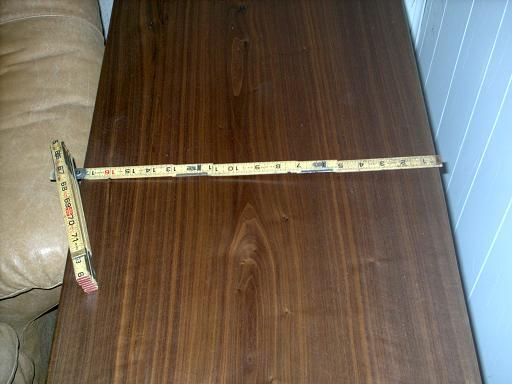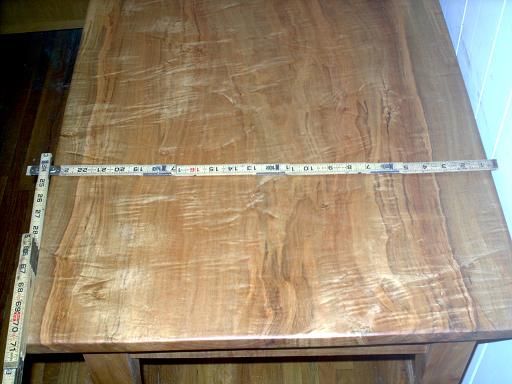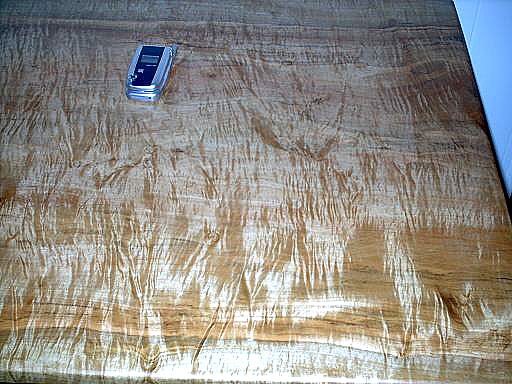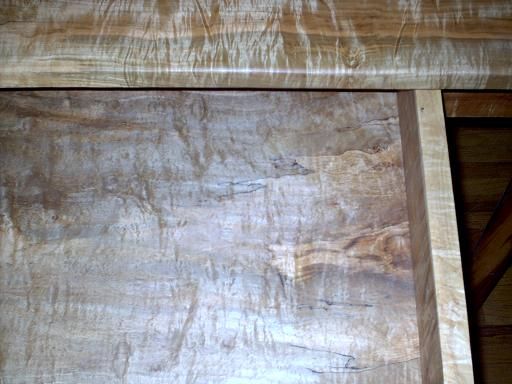Question
I am new to the woodworking business and would like to build with wide width boards (tabletops, for example). I am hearing from almost everyone I talk to that I'm asking for trouble. Can this be done successfully, and if so, what are the things that I need to be careful of?
Forum Responses
(WOODnetWORK Forum)
From contributor T:
Yes, it can be done successfully! Check out the April 2006 issue of Fine Woodworking. CH Becksvoort has a good article in it about this very same subject. It amazes me that people in the year 2006 don't realize that there was ever a past! Way back when in the 1700-1800's, tables were made with a one board top all the time, along with just about every other piece of furniture that required a wide board. Ask these same people that say it is impossible how it was done then. People are really ignorant sometimes. They don't know about the same profession they preach.
In any case, I assure you that it can be done and has been done before hundreds if not thousands of times. To all the naysayers, I was in the Philadelphia Museum of Art on Friday looking at all these tables - I can assure you that they are real!
However, don't think there are no risks in going this route. For those hundreds of years mentioned above, furniture makers did not have to contend with central air and heat, so didn't have the intense seasonal changes with which furniture must contend today. Also, when a piece was built in one area of the world, it tended to remain there, thus maintaining a degree of stability in the climate (humidity or lack thereof) with which it faced. As pieces get moved around the US, or elsewhere, climatic conditions change. This has a greater effect on a wide board than a narrow one (in terms of overall warp of course). Climate controlled buildings are the furniture maker's friend, but even if a piece starts out there, that doesn't mean it will remain in those conditions for its entire life.
So, don't back away from wide board construction. However, become very educated in all aspects of wood movement and its causes before beginning an expensive commission using wide boards. Once a board has warped, it is extremely difficult, if possible at all, to bring it back to flat.
If you want to use wide plain-sawn boards, you can often find some pretty wide stuff in some of the exotics like mahogany. You can use them wide without much worry about cupping if when viewed from the end grain, you can see that the arc of the annual rings is very shallow, or stays fairly parallel to the face of the board. If the board was cut from near the center of the tree, and has the tighter arc from being near the pith, the board will be more prone to cupping, and or even splitting if the heart is included.
There are other things, like reaction wood, to avoid that can be present in an otherwise wide clear board that can cause you a lot of problems. Learning to recognize compression and tension wood can save you a lot of headaches.

No problems with warping, but planing/sanding requires a bigger machine (unless you do what I do - sneak them in the side door of a bigger cabinet shop and let a buddy shoot them through the drum sander). Especially on curly stock, finish is important.


I have posted pictures of this desk before, and got beat up for "having such a simple design" and such. That was the intent - the wood does the talking. I have seen fancy pieces made from plywood, laminate and poplar. That doesn't do it for me. Give me solid species wood construction. Here is a shot of the inside of the desk drawer - no plywood here; curly maple even where you don't see it.
